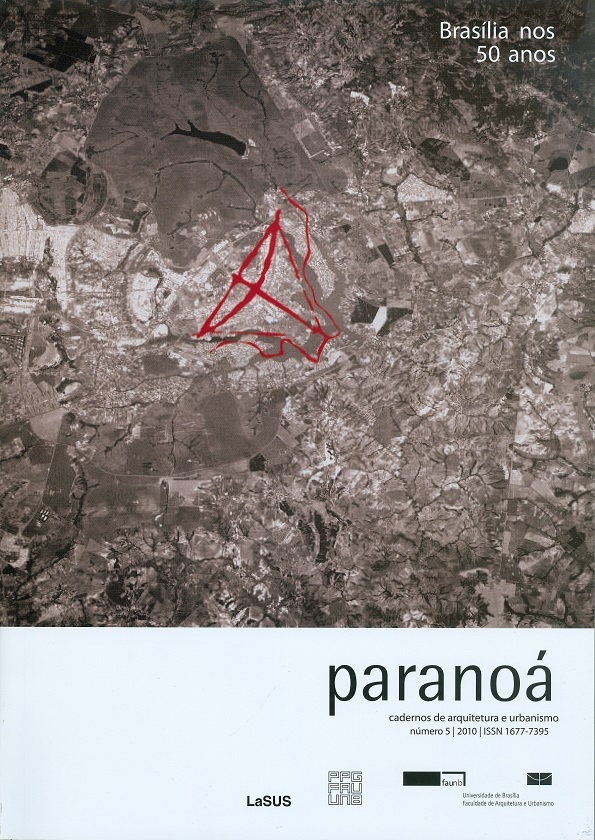Planejamento sustentável da expansão do extremo sul do campus da Universidade de Brasília
DOI:
https://doi.org/10.18830/issn.1679-0944.n5.2010.15484Keywords:
Sustainable campus, Green infrastructure, Scientific and technological parkAbstract
This paper presents the sustainability principles adopted in the urban design of the south campus of UNB, expansion, which will house the Science and Technology Park. Based on the analysis of a set of environmental constraints structuring the core of the design was a fragment of native vegetation (Cerrado) desiring connectivity between larger fragments, as well as techniques for green infrastructure in order to recover the original implantation idea of Brasilia. The original design provided for the preparation of the occupation to the topography and the drainage lines within the Paranoa Lake watershed, away from the lake, aiming not to compromise water sustainability in the region. The proposed configuration uses the techniques of green infrastructure and small squares treated bioclimatically along the watercourses of infiltration to strengthen the sense of neighbouhood, bike paths, density to reduce the displacement and location of high types at higher elevations of the land . in a way not to create barriers to prevailing winds.
Downloads
Downloads
How to Cite
Issue
Section
License
Autores que publicam nesta revista concordam com os seguintes termos:
- Autores mantém os direitos autorais e concedem à revista o direito de primeira publicação, com o trabalho simultaneamente licenciado sob a Licença Creative Commons Attribution que permite o compartilhamento do trabalho com reconhecimento da autoria e publicação inicial nesta revista. http://creativecommons.org/licenses/by/4.0
- Autores têm autorização para assumir contratos adicionais separadamente, para distribuição não-exclusiva da versão do trabalho publicada nesta revista (ex.: publicar em repositório institucional ou como capítulo de livro), com reconhecimento de autoria e publicação inicial nesta revista.
- Autores têm permissão e são estimulados a publicar e distribuir seu trabalho online (ex.: em repositórios institucionais ou na sua página pessoal) a qualquer ponto antes ou durante o processo editorial, já que isso pode gerar alterações produtivas, bem como aumentar o impacto e a citação do trabalho publicado (Veja O Efeito do Acesso Livre).















